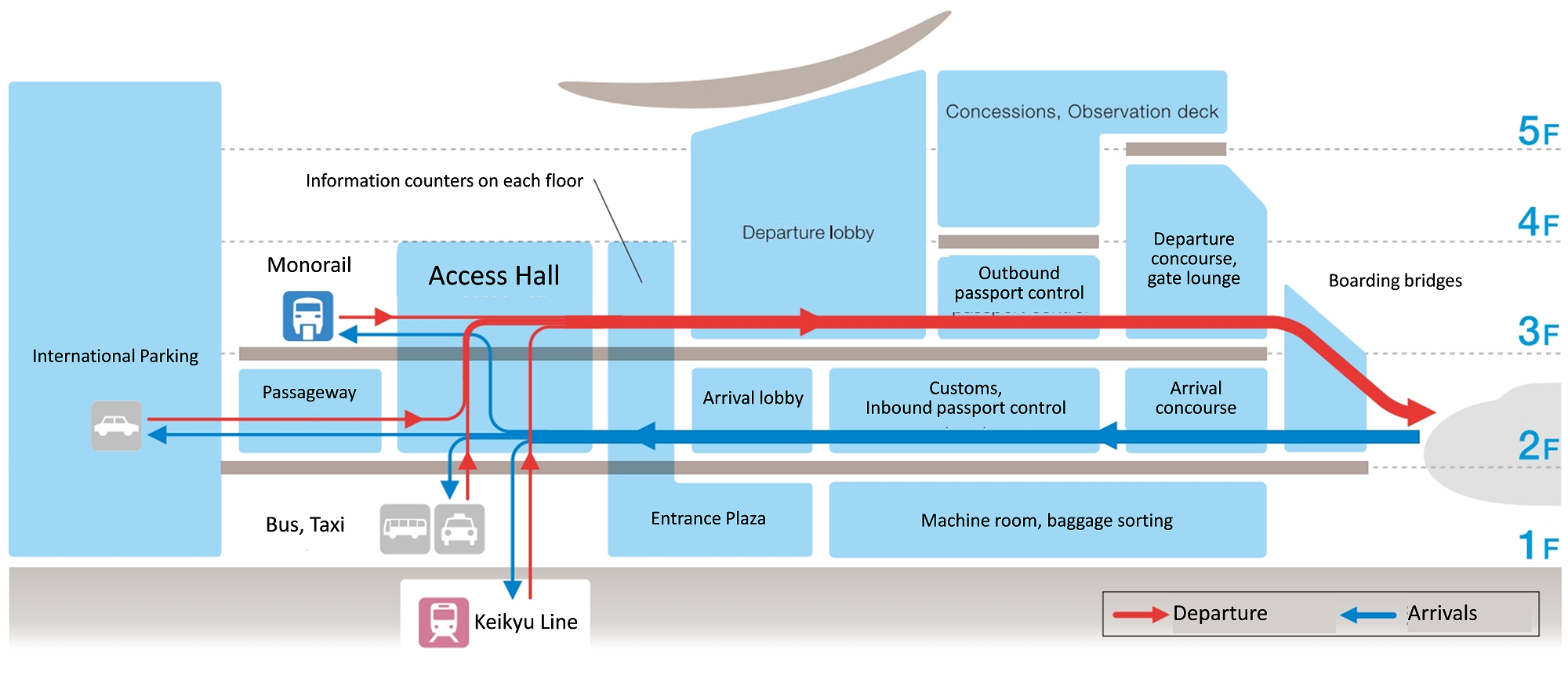DEVELOPMENT OF A GOVERNANCE STRUCTURE TO GUARANTEE THE STAKEHOLDER´S PARTICIPATION IN THE RESOURCES INVESTING PROCESS
All of the protected areas that are covered by La Minga are managed by Community Councils and the regional environmental authorities. Net interests of La Minga will be transferred to community-based organizations (Community Councils) and other nonprofit organizations to support the implementation of management plans for the protected areas, under the
supervision of an Endowment Fund oversight structure.
A Technical Committee for La Minga directs and oversees the use of La Minga Endowment revenues that are channeled annually to the account
opened and held by Fondo Acción. The Technical Committee is composed of representatives from Conservation International Colombia, Fondo Acción, local environmental authorities, Community Councils with participation in the protected area management, and an academic advisor. The Technical Committee reviews and approves annual investment plans
presented by both Regional Environmental Authorities and Community Councils.
The Executive Committee makes the funding decision in accordance with the recommendations that it receives from the Technical Committee.
A big enabling factor is the transparency required in the governance mechanism and also the need to guarantee the effective participation of the community council´s representatives and of the environmental authorities. Also, the thorough following of the proposals and projects are a key factor for the mechanism to work. And -lastly- is it of high importance to continue with the building capacities process with local stakeholders to ensure that the proposals will be in line with the management plans and the prioritized needs.
We learned that the involvement of the community’s actors is required from the very beginning to obtain an acceptance of the rules and an empowerment of the local stakeholders regarding the management of the areas that they use to satisfy their needs. We also learned, that building this kind of mechanisms requires a lot of time and it´s very important to make that clear with all the allies so they don’t expect the financial support in an early stage.
The consolidation of a co-management mechanism requires that the public entities understand the value of the inputs of the community, and that they are willing to prioritize the investment needs in accordance with the needs of the local stakeholders.
Lastly, it´s important to mention that an endowment can create a lot of false expectations in different actors, and that´s way is necessary to consolidate a communications strategy that can reach national, regional, and local levels.
